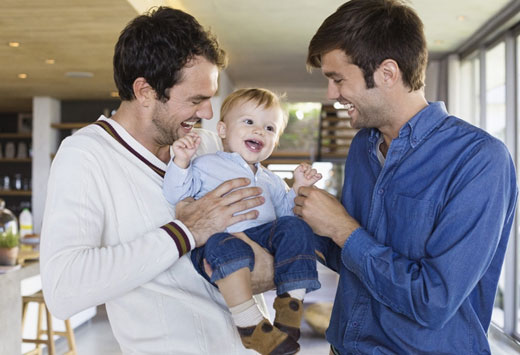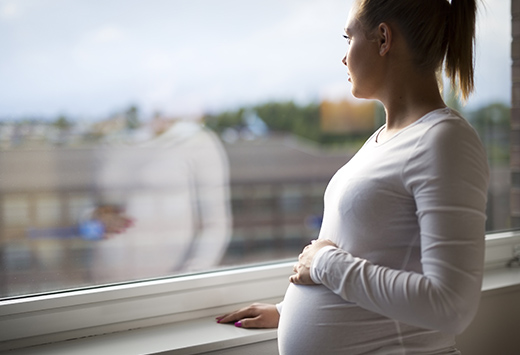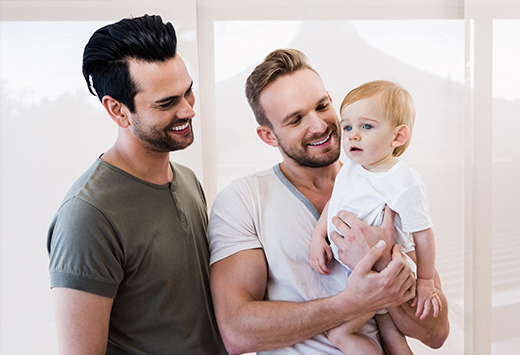While the most common stereotype of adoption is a closed adoption where the child knows nothing about their birth family, that is far from the truth for most modern adoptions. Most domestic adoptions — as much as 95% — are open on some level. The level of openness of each adoption is up to the parties involved, but as the stigma around adoption has lessened, more and more people have come to realize the benefits of open adoption.
Family History
One of the most commonly cited benefits of open adoptions is ensuring the adoptee as well as the adoptive parents know some of the child’s family history. This can be especially important when it comes to medical issues; the adoptive parents can feel far more confident in the history they give to medical professionals to ensure their child gets the best care possible.
Another important aspect of family history is helping adoptees connect with their cultural heritage. This is especially important for transracial adoptees. Being adopted into a family of a different race can make it difficult to learn about their own culture, but when there is a line of communication open to the birth family, that can make that aspect of learning about family history much easier.
Birthparent Peace of Mind
In a closed adoption, not only is the adoptee not aware of who their birth mother is, but the birth mother is also cut off from the child. This can create some very understandable anxiety on the birth mother’s part, as she has no way to know that the child is thriving in the family she chose for them.
An open adoption means that the birth mother maintains some level of contact with the adoptive family, so she can rest assured that the child is happy and healthy, and feel confident that she made the right decision in choosing adoption. This contact can also help birth mothers process the grief of separation a little easier.
Larger Support Structure
While some adoptive parents worry that an open adoption will confuse the child, that is never really the case; the child knows who their parents are — who takes care of them, who makes them dinner and tucks them in at night. What the birth family can provide is an additional support structure to both the child and the adoptive parents.
In many cases, the birth family and the adoptive family come to see each other as extended family members, which means the child has more people to turn to when they need support, which is never a bad thing.




